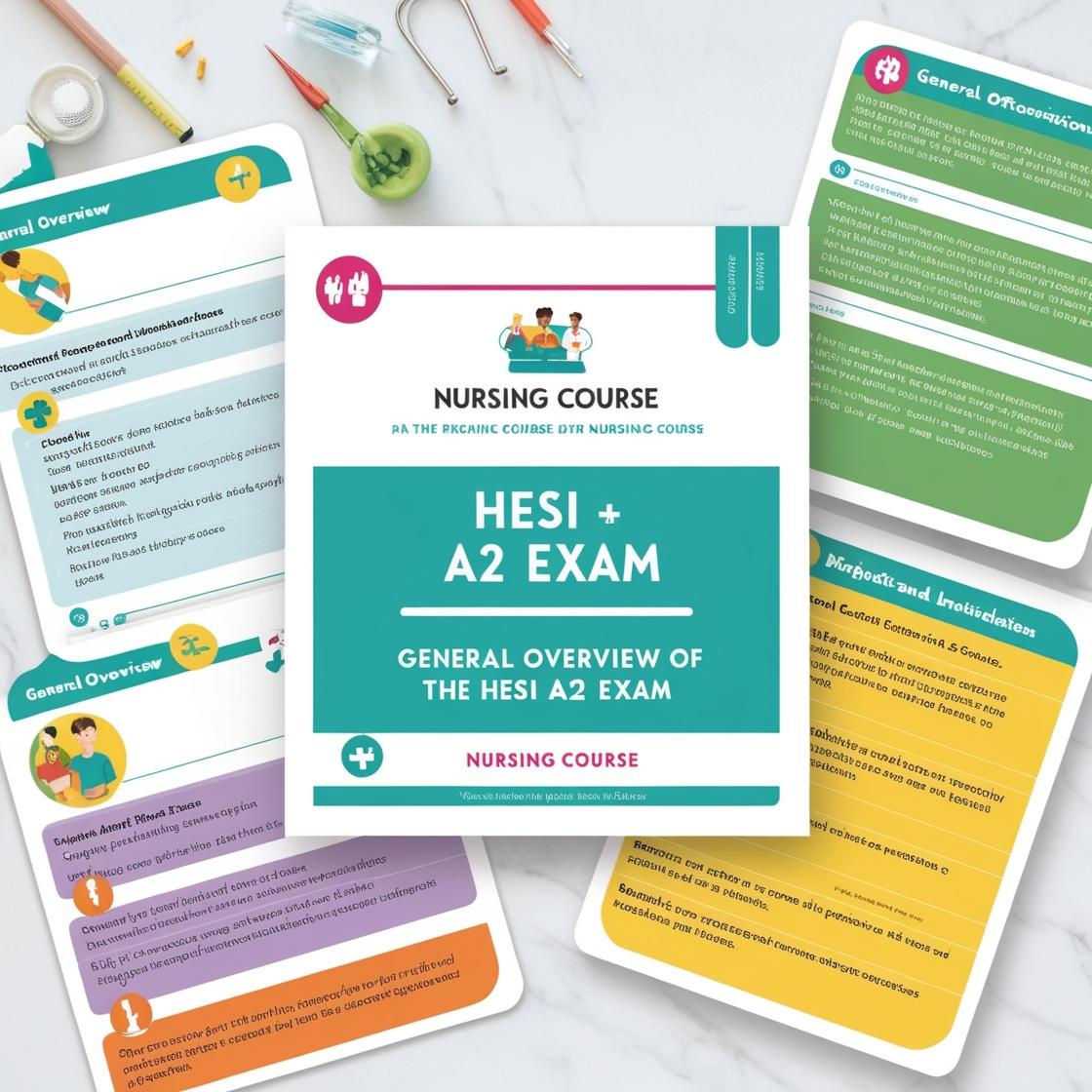HESI A2
HESI A2 Reading Comprehension
1. Which is not mentioned as a possible result of being spanked in childhood?
- A. Aggression
- B. Coercive sex
- C. Delinquency
- D. Incontinence
Correct answer: D
Rationale: The correct answer is D: 'Incontinence.' The passage discusses the negative consequences of spanking in childhood, such as increased aggression, delinquent behavior, and future sexual problems like coercive sex. However, incontinence is not mentioned as a possible result of being spanked. Therefore, it is the correct choice. Choices A, B, and C are all supported by the passage, making them incorrect answers.
2. FRAX takes into account all of the following factors EXCEPT ___________.
- A. Lifestyle choices
- B. Exposure to toxins
- C. Genetic heritage
- D. Exposure to sunlight
Correct answer: B
Rationale: FRAX, a tool used to assess fracture risk, considers various factors like lifestyle choices, genetic heritage, and exposure to sunlight. However, exposure to toxins is not mentioned in the provided extract as a factor considered by FRAX. Therefore, the correct answer is B. Exposure to toxins is unrelated to fracture risk assessment as per the information provided. Lifestyle choices, genetic heritage, and exposure to sunlight are all factors that FRAX takes into consideration to determine the risk of experiencing a fracture within the next decade.
3. What is the meaning of the word 'shifts' as used in the third paragraph?
- A. Alterations
- B. Stints
- C. Removals
- D. Transfers
Correct answer: A
Rationale: In this context, 'shifts' refers to changes or alterations in brain chemistry and electrophysiology. The word 'alterations' best captures the idea that significant changes are occurring in the brain. 'Stints' (choice B) refer to short periods of time or work, which is not the meaning intended here. 'Removals' (choice C) and 'transfers' (choice D) do not fit the context of the sentence and are not related to the changes happening in the brain as described in the extract.
4. What does the word "surf" mean as used in the fourth paragraph?
- A. Spend time swimming in the ocean
- B. Look at different websites
- C. Watch late-night television
- D. Complete online assignments
Correct answer: B
Rationale: In the context of the passage, "surf" means to look at different websites.
5. What is the meaning of the word 'booking' as used in the first paragraph?
- A. Scheduling
- B. Contracting
- C. Traveling
- D. Charging
Correct answer: A
Rationale: In this context, 'booking' refers to scheduling appointments for bone density tests. The correct choice is 'A: Scheduling' because in the given text, women are booking bone density tests to ensure their bone health. 'Contracting' (Choice B) is incorrect as it does not fit the context of making appointments. 'Traveling' (Choice C) and 'Charging' (Choice D) are also irrelevant to the context of scheduling appointments for medical tests.
Similar Questions

Access More Features
HESI A2 Basic
$89/ 30 days
- 3,000 Questions with answers
- 30 days access @ $89
HESI A2 Premium
$129.99/ 90 days
- Actual HESI A 2 Questions
- 3,000 questions with answers
- 90 days access @ $129.99
